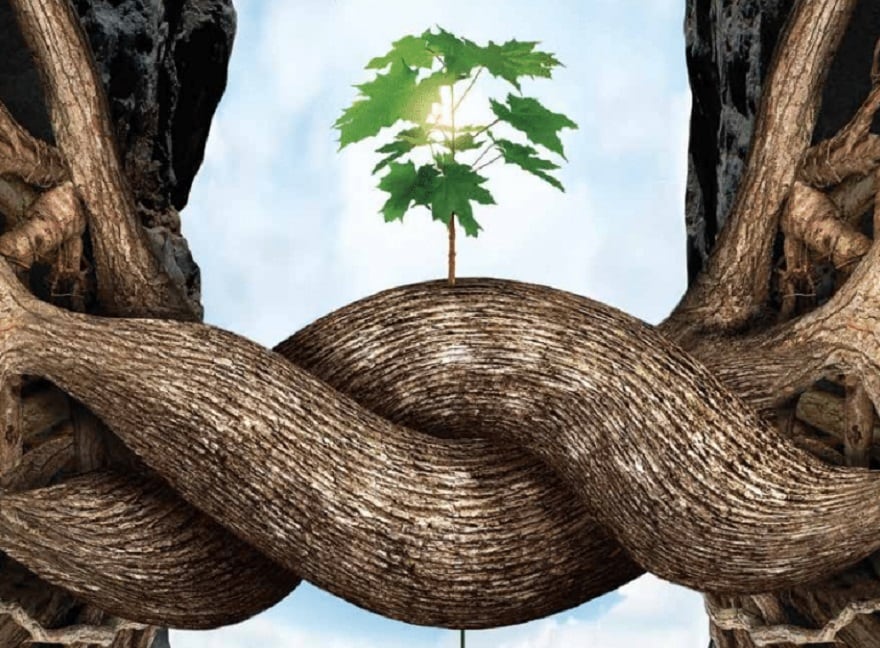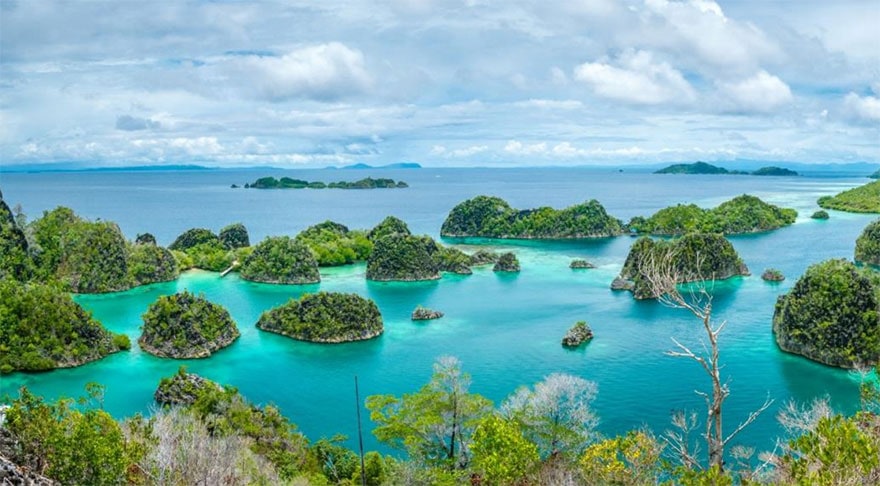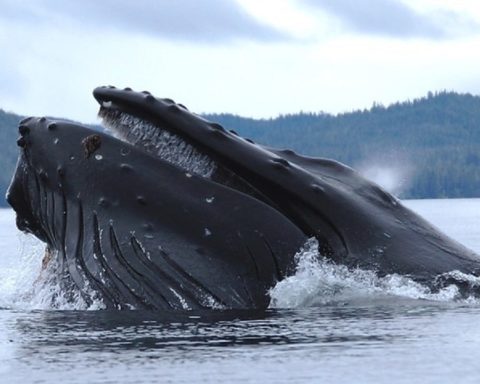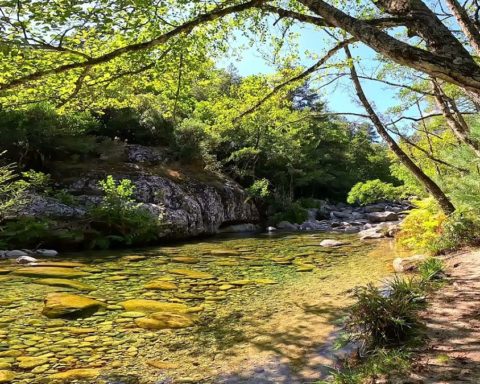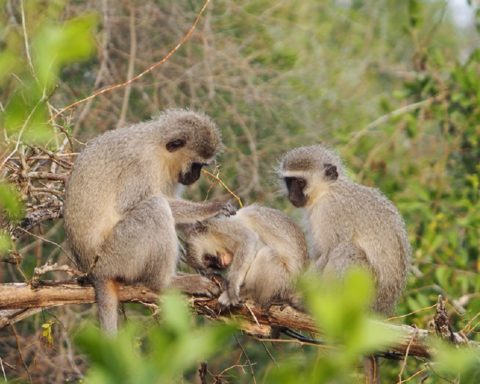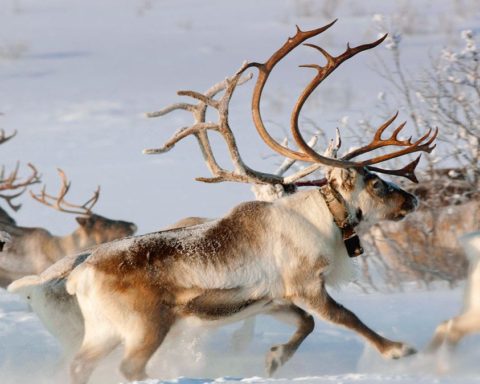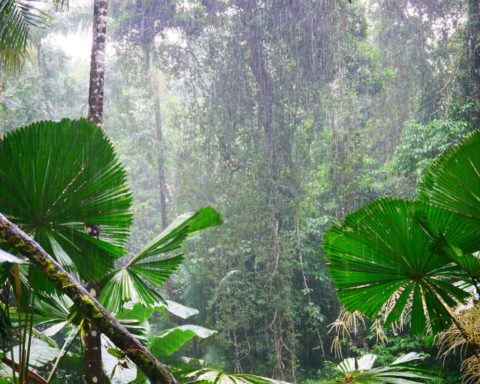On September 27th, the documentary film "The Slave of the Slave of the Slave" is released in France. The intelligence of trees "The book is based on the bestseller by German forester Peter Wohlleen, who tells us how the tree society is organized. The scientists' discoveries about the exchange of food and information between the trees of a forest, testify to a real mutual help, collective strategies and memory. Present on earth for much longer than mankind, the plant world has so much to teach us. Knowledge that radically changes the way we look at life, trees and forests.
Ne sometimes forget how much we are imbued with the plant. Like the air we breathe, immersion in nature is a fundamental need. A forester in Germany, Peter Wohlleben, observed that the trees in his region communicate with each other by lovingly caring for their offspring, elders and neighbouring trees when they are sick. He wrote the bestseller "The Secret Life of Trees" (sold more than 1 million copies) that has amazed nature lovers. The French translation was released in 2017 by Éditions les Arènes. Its claims were confirmed by scientists at the University of British Columbia in Canada. This documentary film, directed by Julia Dordel and Guido Tölke, shows the meticulous and fascinating work of scientists, necessary to understand the interactions between trees and the consequences of this discovery..

Peter Wohlleben has worked as a forester for more than twenty years and now manages a beech forest, almost in its natural state, located in a range of medium mountains in western Germany. In this film, Wohlleben draws on the latest scientific knowledge and teaches us how the tree society is organized. He deliberately uses analogies with human and animal behaviour to make scientific concepts better understood.
I deliberately use a very human language, because scientific terms suppress all emotion and people no longer understand them. When I say that trees "breastfeed their children" everyone immediately grasps what I mean. »Peter Wohlleben
Forests look like communities. Parents live with their children and help them grow up. Trees respond ingeniously to danger. Their root system, similar to a plant web (the Wood Wide Web), allows them to share nutrients with diseased trees but also to communicate with each other. And their roots can last more than ten thousand years... Virgin forests are quite unique in the world; Peter Wohlleben knows that this place is a rare treasure in need of protection.
Trailer of the documentary L'intelligence des arbres. © Jupiter Films
Among the speakers on this documentary, the ecologist Suzanne Simard : "A forest is much more than what you see." His 30-year research in Canada's forests has led to an astounding discovery: trees talk, often and over great distances. It has led to the discovery of the harmonious but complicated social lives of trees.

Dr. Suzanne Simard
A former forester, she is now Professor of Forest Ecology at the University of British Columbia in Vancouver, Canada. Having grown up in the interior rainforest of British Columbia, she has a strong interest in the trees of the region. There are trees that are about a hundred metres tall and more than a thousand years old. With a team of scientists who are passionate about the forest, she conducts cutting-edge research to learn more about how trees communicate with each other at the microscopic level.

Dr. Teresa Ryan Sm'hayetsk.
Visit Dr. Teresa Ryan Sm'hayetsk. is a postdoctoral researcher in Forest and Conservation Sciences at the University of British Columbia, Canada. She is interested in the relationship between forests and salmon. Teresa Ryan Sm'hayetsk is a researcher specializing in fishing, aquatic ecology, and traditional basketry, working with cedar. She is of Indian descent. She is Tsimshian, of the Gitlan tribe, and her people have a long-standing understanding of forest ecosystems and the relationships between the elements that make them up. In their different languages, they have words to describe this. In Sm'algyax, they say "with one heart" and the Aboriginal people of Vancouver Island say "All is one".
Interview with director Julia Dordel
How did you feel when you discovered that in the forest the trees had intense communication with each other?
Julia Dordel: I had a great admiration for the wonders of nature. But above all, I told myself: this is something that everyone, every one of us, should know. This incredible knowledge that we scientists have about the world we live in must be shared with everyone!
Your film suggests modesty before the world of plants, but what does it teach us about ourselves, human beings?
JD: It's really up to everyone to draw their own conclusions from seeing the film, and to evaluate how to interpret it for their own lives. If the film can contribute to a more conscious perception of our nature and therefore to our treating nature a little better - that would be fantastic, of course.
What lessons can be drawn from the scientific discoveries presented in the film for forest preservation and rehabilitation? “
JD: Dr. Simard and Peter Wohlleben suggest that we allow trees, both young and old, to grow naturally, between different species (as opposed to monocultures), allowing them to age and grow their offspring (as opposed to cutting them all down at the same age), and globally that we treat them with more respect by accepting that they are individual beings and not just objects produced in a factory setting.

The hidden treasures of plants
In addition to the documentary "The Intelligence of Trees", the directors wanted to add a scientific element on the fabulous capacities of plants, their applications and future prospects. The result is a series of avenues for reflection and research on our relationship with plants and their true nature. Our curiosity is a powerful motivation... but what is our intention with regard to plants?
By studying plants, scientists are finding capabilities in them that we didn't even consider a few years ago. Plants perceive and react to sound, light and their environment. They recognize each other, can help or compete with each other. They also protect themselves from danger. Can we talk about consciousness? Do plants have a form of intelligence? With the support of science for some, of spirituality for others, or at the crossroads of both, researchers here help us discover the hidden treasures of the plant world.
The speakers in the film
Jean Thoby - Nurseryman and landscape gardener by profession, researcher and botanist by passion, Jean Thoby also calls himself a "museologist". With the help of a box that transforms the electric waves of plants into sounds, he shows how plants express themselves and thus reveals the natural harmonies that populate our environment.
Ernst Zürcher - Ernst Zürcher is a forest engineer, doctor of natural sciences, professor and researcher in wood sciences at the Berne University of Applied Sciences, lecturer at the Swiss Federal Institute of Technology in Lausanne (EPFL) and Zurich (ETHZ), and studies in particular the temporal structures of trees (chronobiology). He is the author of numerous scientific articles and the book "Trees, between visible and invisible".
Michel Duhamel - He is an engineer and President of GENODICS SAS, a company specialized in genodics. During the process of protein synthesis, the amino acids of a plant emit sequences of sounds constituting a specific melody for each protein; the "proteodies". By recording and replaying these melodies, the synthesis of the corresponding proteins can be stimulated or inhibited. In agriculture, this method can help plants to resist strong changes in temperature, rainfall or viruses.
François Bouteau - Lecturer at the University of Paris-Diderot and researcher at the Interdisciplinary Laboratory of Tomorrow's Energies, François Bouteau teaches the biology and diversity of algae and fungi as well as plant nutrition, and works on plant neurobiology.
Henk Kieft - An international agronomist of Dutch origin, he specialises in quantum agriculture, dedicated to global agricultural restoration, integrating biodynamics, agro-homeopathy and organic practices. Going against what he learned at university, he now believes that plants are electric beings and wonders about the spiritual dimension of the plant world.
Laure Charrin - Singer and energetic, she perceives the message of the plants. First of all by feeling but also by kinesiology tests. In her daily life, she finds answers from plants, for the layout of her vegetable garden for example. She believes in the immense potential of our collaboration with plants.
Cinema release: September 27, 2017 - Broadcast by Jupiter-Films - Duration: 1h20
PREVIEWS:
- Sunday 24 September at 5pm at Club de l'Etoile (14 rue Troyon, 75017 Paris); film-debate Reservations recommended ON THIS LINK
– Monday 25 September at 8.15 pm at the UGC Ciné Cité Les Halles (Forum Des Halles, 75001 Paris) : film-debate
SESSIONS & CINE-DEBATS :
WITH THE FILM, PLANT TREES!
"For 1 cinema ticket bought, 1 tree planted! «
Thanks to the partnership with Ecosia.org, 5,000 trees will be planted for the first 5,000 cinema tickets purchased.


